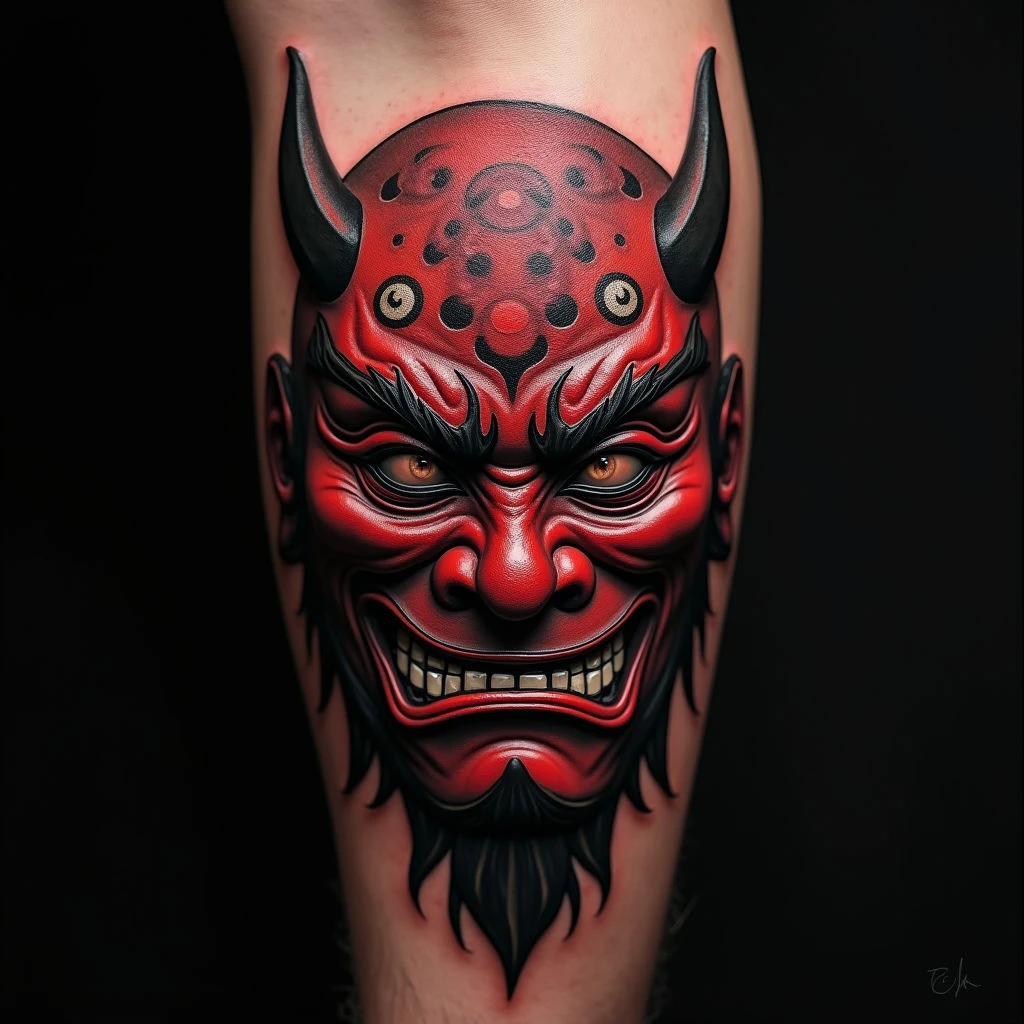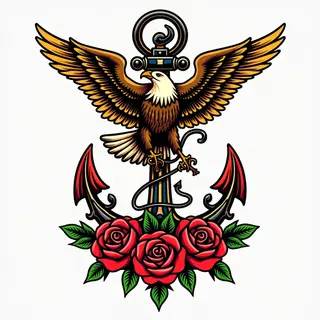The Power of the Oni Mask Tattoo: A Guide to History & Meaning
The Oni (鬼), or ogre, is a significant figure in Japanese folklore, often recognized by their fearsome masks. Getting an Oni mask tattoo isn't just about aesthetics; it’s embracing a powerful symbol with deep roots.
Understanding the Cultural Significance
In Japanese mythology, Oni are demons or monsters embodying chaos and negativity. But they’re also protectors against evil spirits—a fascinating duality. Historically, exorcists wore these masks during rituals to ward off bad luck, transforming the mask into a symbol of strength and courage.
The History Behind the Symbol
These skilled exorcists used the masks to confront challenges. The tradition imbued the mask with a sense of power and resilience.
Decoding the Colors
The colors in an Oni mask tattoo carry profound meaning, adding layers to its symbolism. Let’s break down what each color represents.
-
Red: Represents passion and anger—a potent force for protection against negativity.
-
Blue: Signifies loyalty, honesty, and inner strength.
-
Black: Symbolizes power and mystery, tapping into the darker aspects of the Oni’s nature.
-
White: Represents purity or a more benevolent interpretation of the Oni—a guardian angel of sorts.
-
Gold/Yellow: Often signifies wealth, prosperity, and divine blessings. A golden oni can be seen as a protective spirit.
Beyond the Colors: Expression Matters
It’s not just about color; the expression on the mask is crucial. A snarling face conveys aggression, while a more neutral expression might suggest wisdom or quiet contemplation.
Placement and Design: Making it Your Own
Choosing where to place your Oni mask tattoo is important. This isn't a casual decision—it’s a statement piece best suited for those who appreciate Japanese folklore and its rich symbolism.


